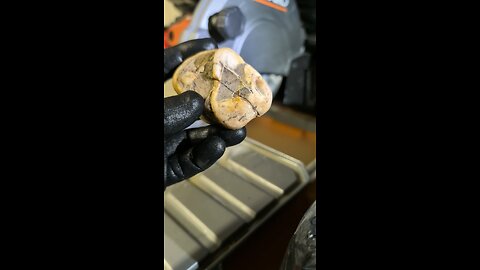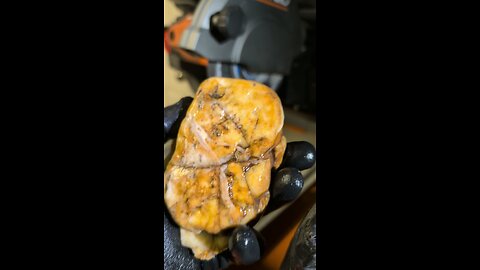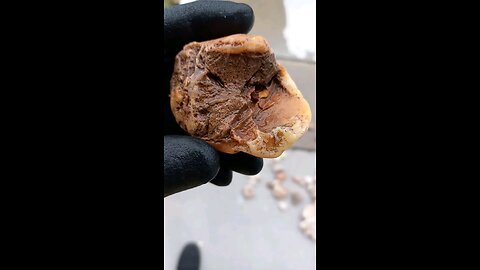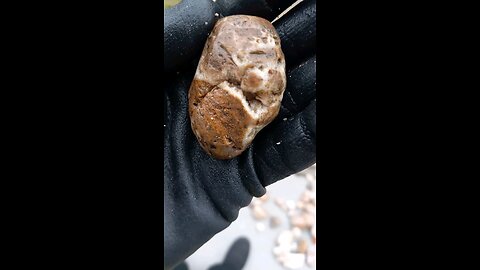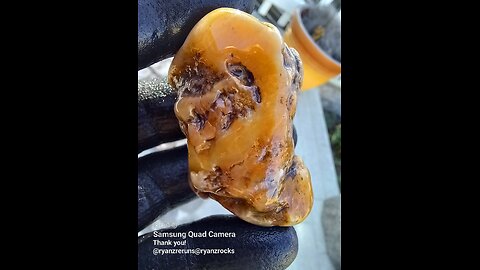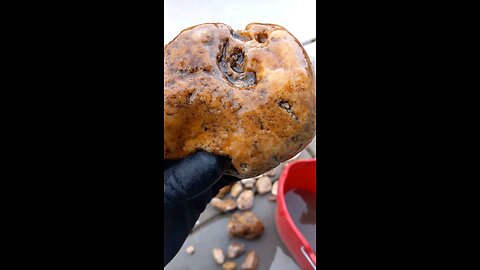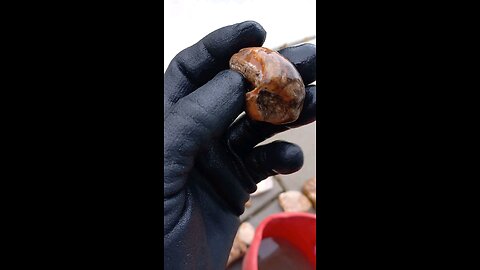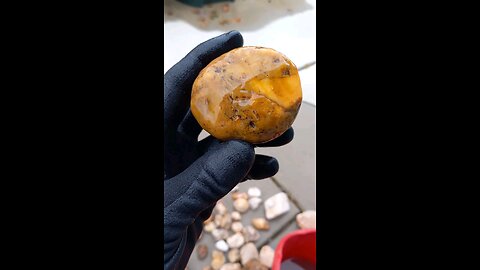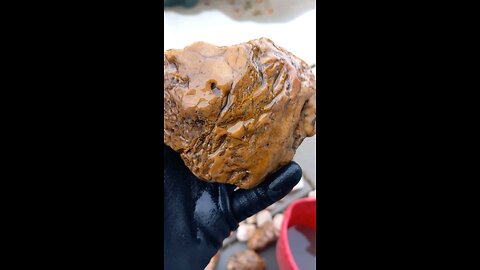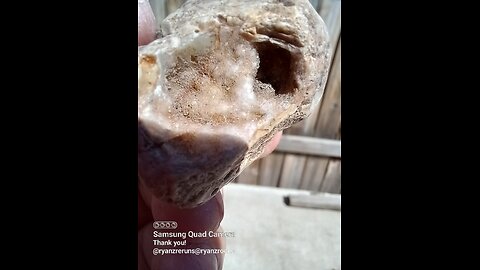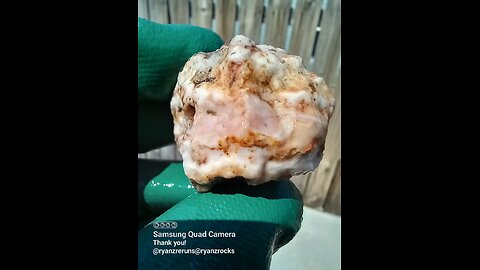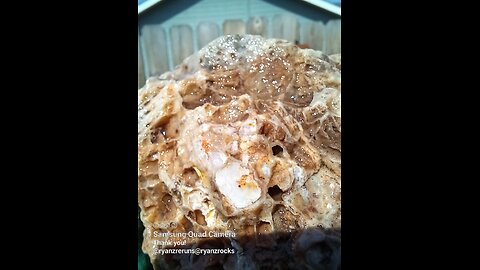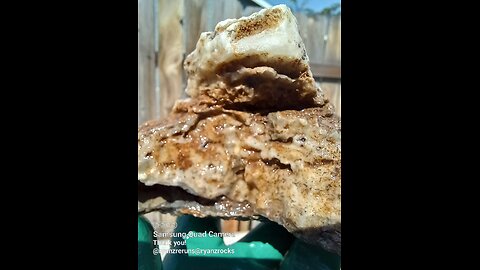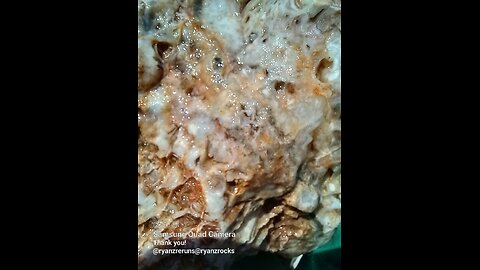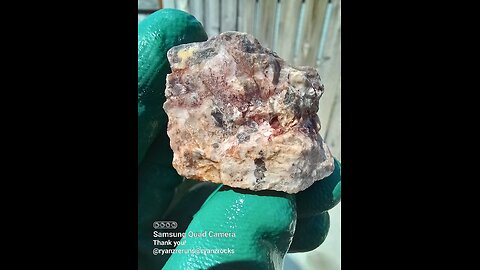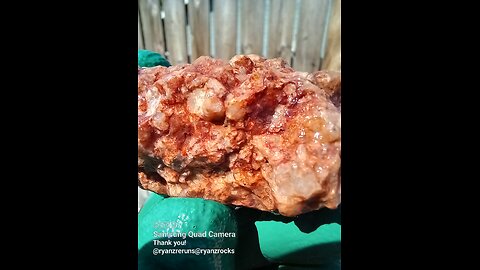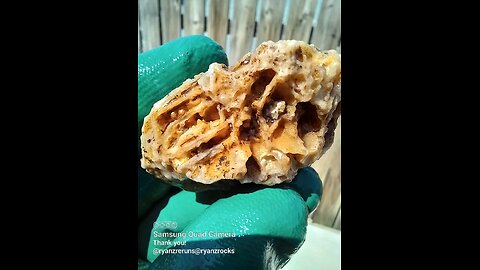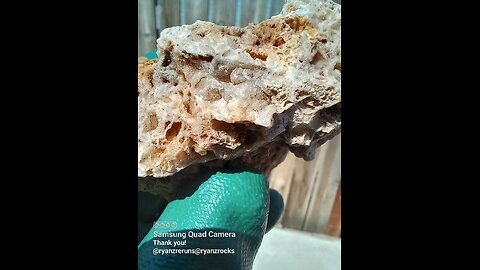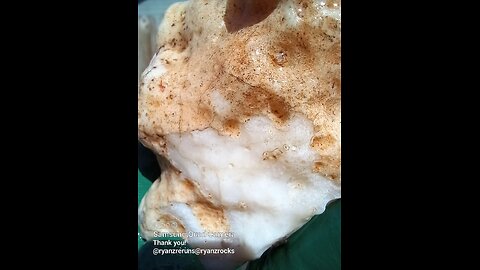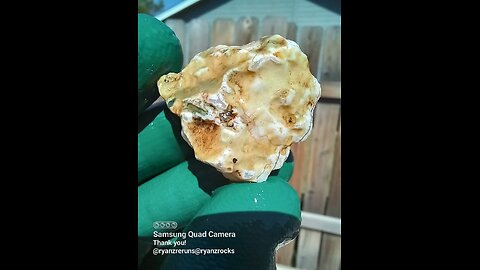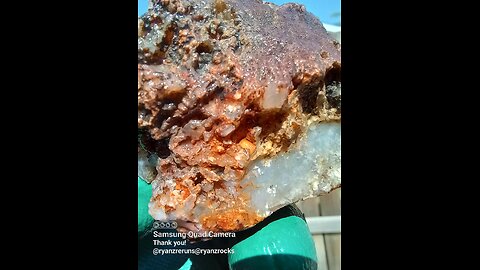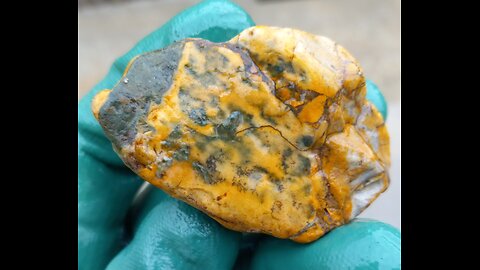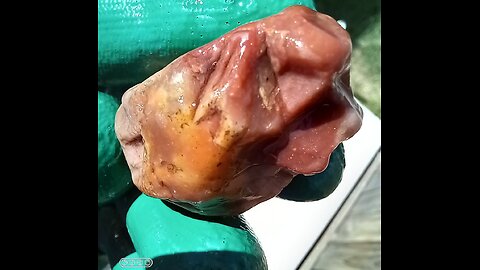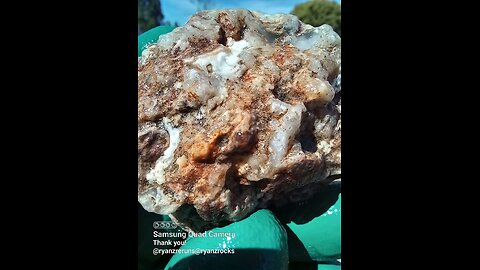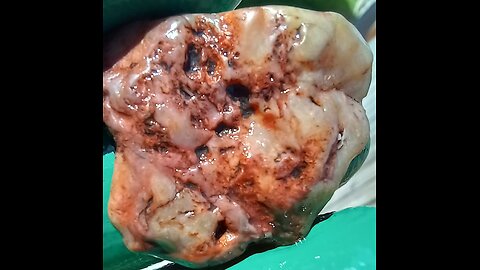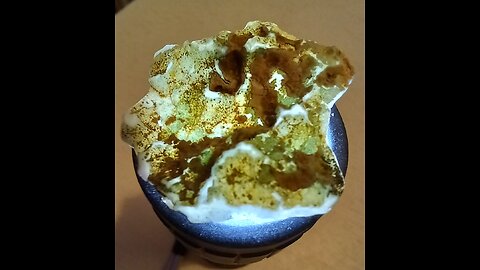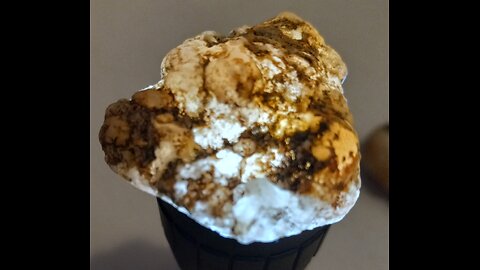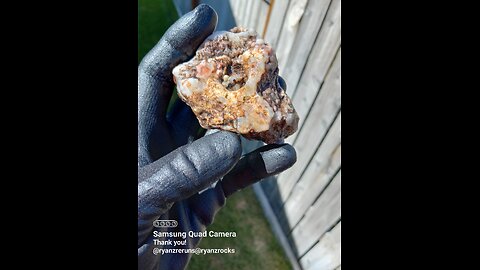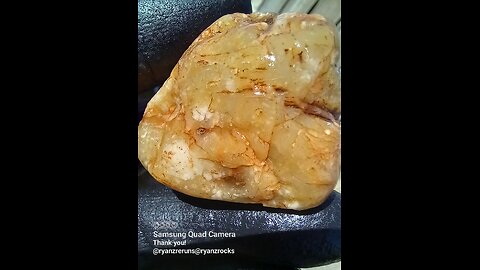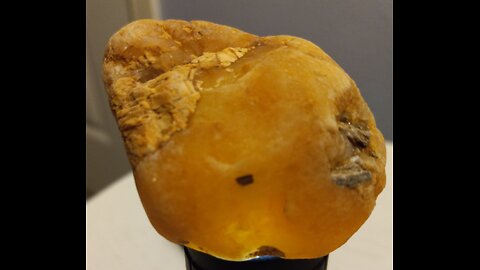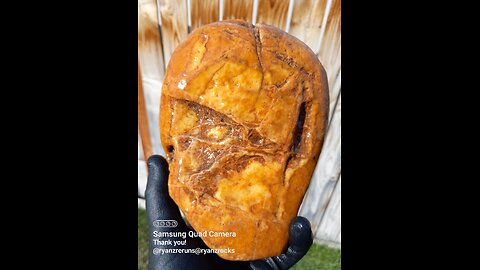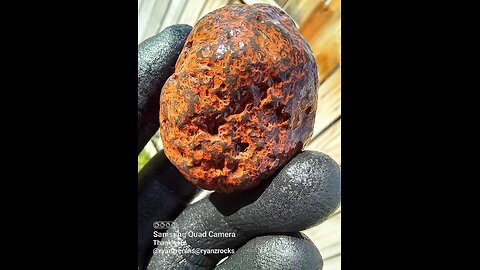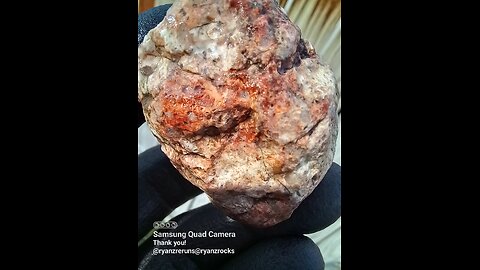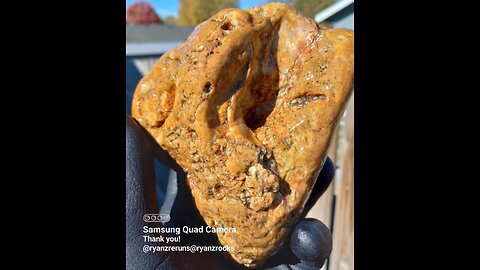Premium Only Content
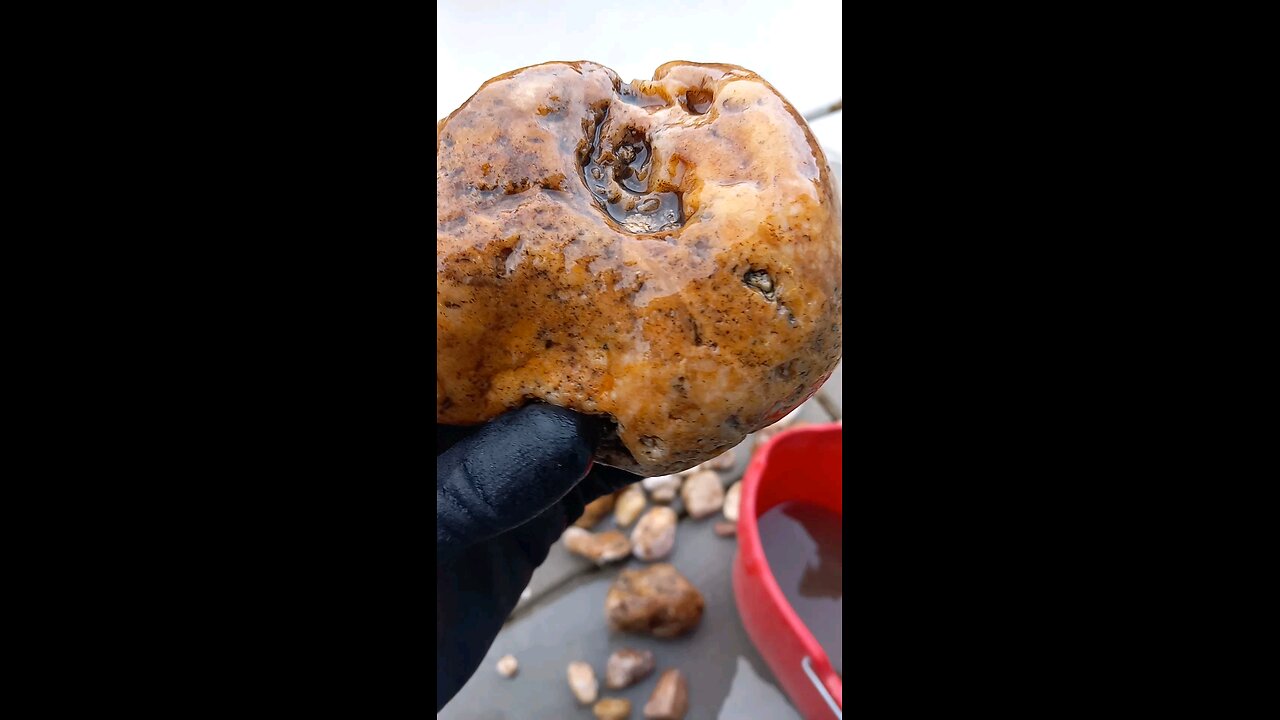
Love the tiny green inside!
Bout' lost a finger on this one!
Big nodule cut!
Broken nodule!
Nodule with crystals!
Carmel Chalcedony Nugget!
Cool Nodule!
Now that's a big gash!
Some botryoidal goins' on!
One 4 cuttin'!
This one got a swirley!
Love the Green!
Spud!
Mish Mash of Agate!
Agate nodule!
Botryoidal chalcedony!
Got a little cave in it!
Smooth Shard!
Purdy Agate Nodule!
Glow Shard!
Nice Glow!
Did you catch the silver flakes?
Bright Orange Jasper Nodule!
Jasper Nodule?
Hot Mess!
Agate Nodule!
Agate Nodule!
Chalcedony Nodule!
Pretty Yellow Glow Nodule!
Big ol' nodule!
Nodule w/ reds!
Pretty red agates nodule!
Another nodule with reds!
Agate Nodule!
Now that's a big gash!
This rock appears to be an agate nodule. Here are some key points about agate nodules: -
**Agate**: Agates are a type of chalcedony, which is a form of quartz. They are known for their beautiful banding and are found in a variety of colors. -
**Nodule**: A nodule is a rounded or irregular mass of mineral material, often formed within cavities or fractures in rocks. Agate nodules typically form in volcanic rocks or in sedimentary layers. -
**Appearance**: The nodule in the image shows a rough, unpolished exterior with potential banding or color variations inside. Agates often have layers of different colors or translucent bands when cut open. -
**Formation**: Agates form through the deposition of silica from groundwater in cavities, often in volcanic rocks. The silica fills the cavity layer by layer, creating the characteristic banding. -
**Usage**: Agates are popular in jewelry and as decorative stones due to their hardness (around 7 on the Mohs scale) and attractive patterns. -
**Cutting and Polishing**: To reveal the internal beauty, it might need to be cut and polished. This often requires specialized equipment like a rock saw and a tumbler. -
**Identification**: For precise identification, consider the location where it was found, as agates from different regions can have unique characteristics. -
**Value**: The value of an agate nodule can vary. Some are quite common, while others, especially those with unique patterns or colors, can be more valuable. -
**Geological Interest**: Agates are fascinating for their geological history and the processes that form them, making them a subject of interest for both collectors and geologists. If you're looking to learn more or possibly work with this nodule, consulting with a gemologist or joining a rockhounding community could provide further insights and guidance.
-
 LIVE
LIVE
Drew Hernandez
8 hours agoHORRIFYING: FULL FOOTAGE OF IRYNA ZARUTSKA MURDER HAS BEEN RELEASED
1,310 watching -
 2:42:09
2:42:09
TimcastIRL
4 hours agoNATO Scramble Air Force Over Russian Incursion Into Poland, HIGH ALERT Reported | Timcast IRL
141K74 -
 25:46
25:46
Man in America
7 hours agoALERT: Gold Prices FLASH OMINOUS WARNING for the Dollar—Are You READY??
12.4K7 -
 58:27
58:27
Sarah Westall
3 hours agoWar Exploding Around the World: Nepal, Israel, Qatar, Venezuela, Thailand, more... w/ Michael Yon
18.7K5 -
 LIVE
LIVE
SpartakusLIVE
5 hours agoThe Most INSANE Snipes EVER || Solo to Duos w/ StevieT - PUBG or Mordor Later?!
299 watching -
 1:11:40
1:11:40
Flyover Conservatives
14 hours agoThe Truth About Israel & End Times Nobody Wants to Say - Phil Hotsenpiller | FOC Show
23.6K5 -
 LIVE
LIVE
GritsGG
2 hours agoSweaty Ranked Grind! Most Wins in WORLD! 3600+!
114 watching -
![[ Tekken Tuesday ] TNS Tekken Tournament Watch Party](https://1a-1791.com/video/fww1/5b/s8/1/4/a/C/g/4aCgz.0kob-small--Tekken-Tuesday-TNS-Watch-P.jpg) LIVE
LIVE
CHiLi XDD
2 hours ago[ Tekken Tuesday ] TNS Tekken Tournament Watch Party
122 watching -
 1:53:04
1:53:04
Glenn Greenwald
6 hours agoIsrael Bombs Qatar and Trump Reacts; The Hoax to Blame Russia for Jamming EU President's Plane GPS; Mamdani Soars in Polls as he Tries to Moderate on Israel | SYSTEM UPDATE #511
95K59 -
 2:47:57
2:47:57
Barry Cunningham
5 hours agoLIVE: PRESIDENT TRUMP ANNOUNCEMENT | IRYNA ZARUTSKA DESERVES IMMEDIATE JUSTICE! NO WAITING!
57.6K55

